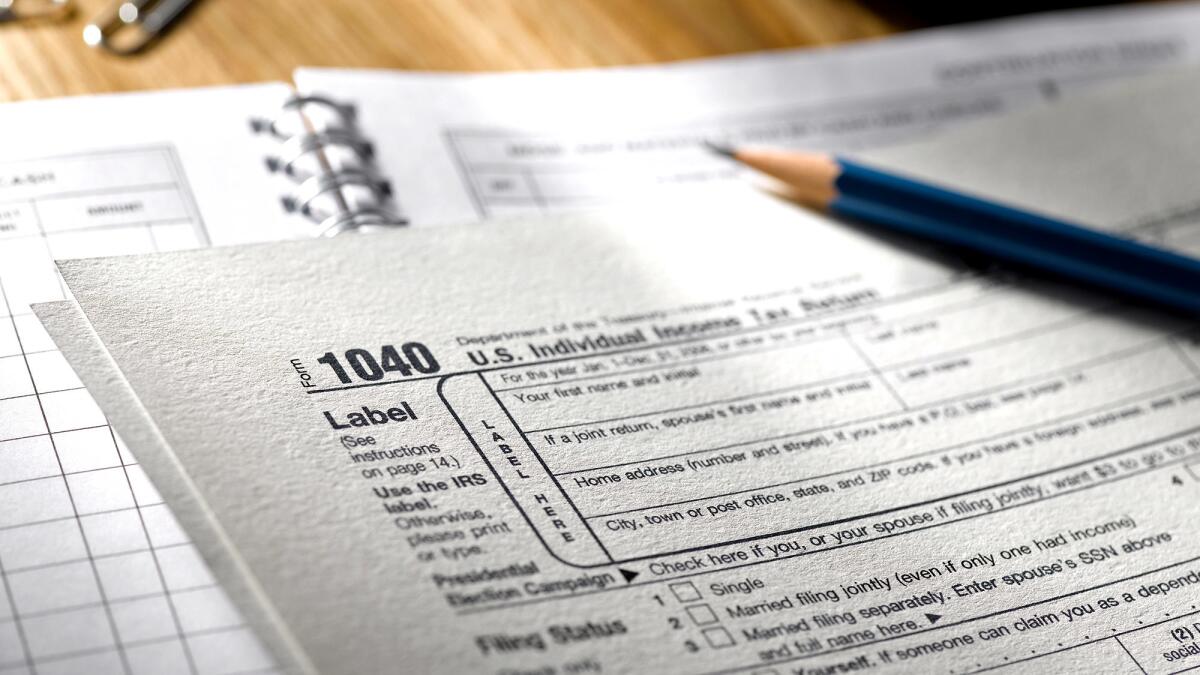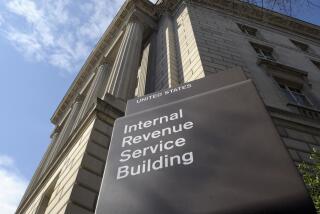Goofed on your tax return? Here’s what to do

If you made a mistake on your tax return and didn’t realize it until after the filing deadline, congratulations — you’re human. In the 2015 tax year alone, the Internal Revenue Service sent 1.6 million notices to taxpayers for 2.1 million math errors on their returns.
The good news is that if you flubbed your filing status, overlooked income or messed up a deduction or credit, you can iron things out by filing an amended tax return. Here’s what you need to know.
1. Don’t freak out
Nobody will bang on your door and yell at you for forgetting to carry the 1. If the IRS catches a math error on your return, it might just fix the problem and move on. Or it might send a letter explaining what it flagged and request more information, says Joel Mutnick, a CPA and audit director at Florida-based Fiske & Co.
“They’re often going to give you three options, right in the same letter: Do you agree with this? If so, fess up. How are you going to pay us? If you disagree with us, explain to us why,” he says. “Or the third one is we agree in principle but we don’t agree with the amount.”
Be sure to respond, he adds.
2. Use the form, Luke
You might catch an error before the IRS does or receive new tax documents after you’ve already filed — if your employer sends you a revised W-2, for example. In those cases, don’t fire off a letter to the IRS saying, “Forgot to include some income. Here’s 10 bucks.” Instead, use Form 1040X to show the IRS your changes and the correct tax amount.
If you’re filing 1040X to get money back, it generally must be done within three years of filing your original return or within two years of paying the tax, whichever is later.
3. Don’t assume it’s over your head
Amending a complex return might require help from a pro, but people with simple tax situations and small changes might be able to amend their own, says Kim Sheehan, a CPA and associate partner at Alloy Silverstein in Cherry Hill, N.J. Many major tax software providers include modules for amending returns, too.
Remember, though, changing your federal tax return could mean having to change your state tax return too.
4. Don’t play with fire
Generally, the IRS audits only returns from the previous three tax years — though there are major exceptions. It might be tempting to wait and see if the IRS will catch you in an error, but Sheehan says it might be cheaper to fess up sooner rather than later.
That’s because the IRS charges interest and penalties on outstanding tax liabilities going all the way back to the original due date of the tax payment. So the longer you wait to fix a mistake, the more expensive that mistake can get, Sheehan warns.
5. Get on the same page with your preparer
Don’t assume your tax preparer will amend your return for free or pay the extra taxes, interest or penalties from a mistake. If you forgot to give the preparer information or gave incorrect information, for example, you’ll probably have to pay for the extra work. And if the error is the preparer’s fault, who pays may depend on the wording in your client agreement, Mutnick says.
6. Buy some stamps
You can’t file Form 1040X electronically — you have to mail it. You’ll also need to include forms or schedules affected by the changes.
7. Be patient
You can track the progress of your amended return online or by calling the IRS at 866-464-2050, but it can take three weeks for an amended return to show up in the IRS’s system and up to 16 weeks to process.
Tina Orem is a staff writer at NerdWallet, a personal finance website.






